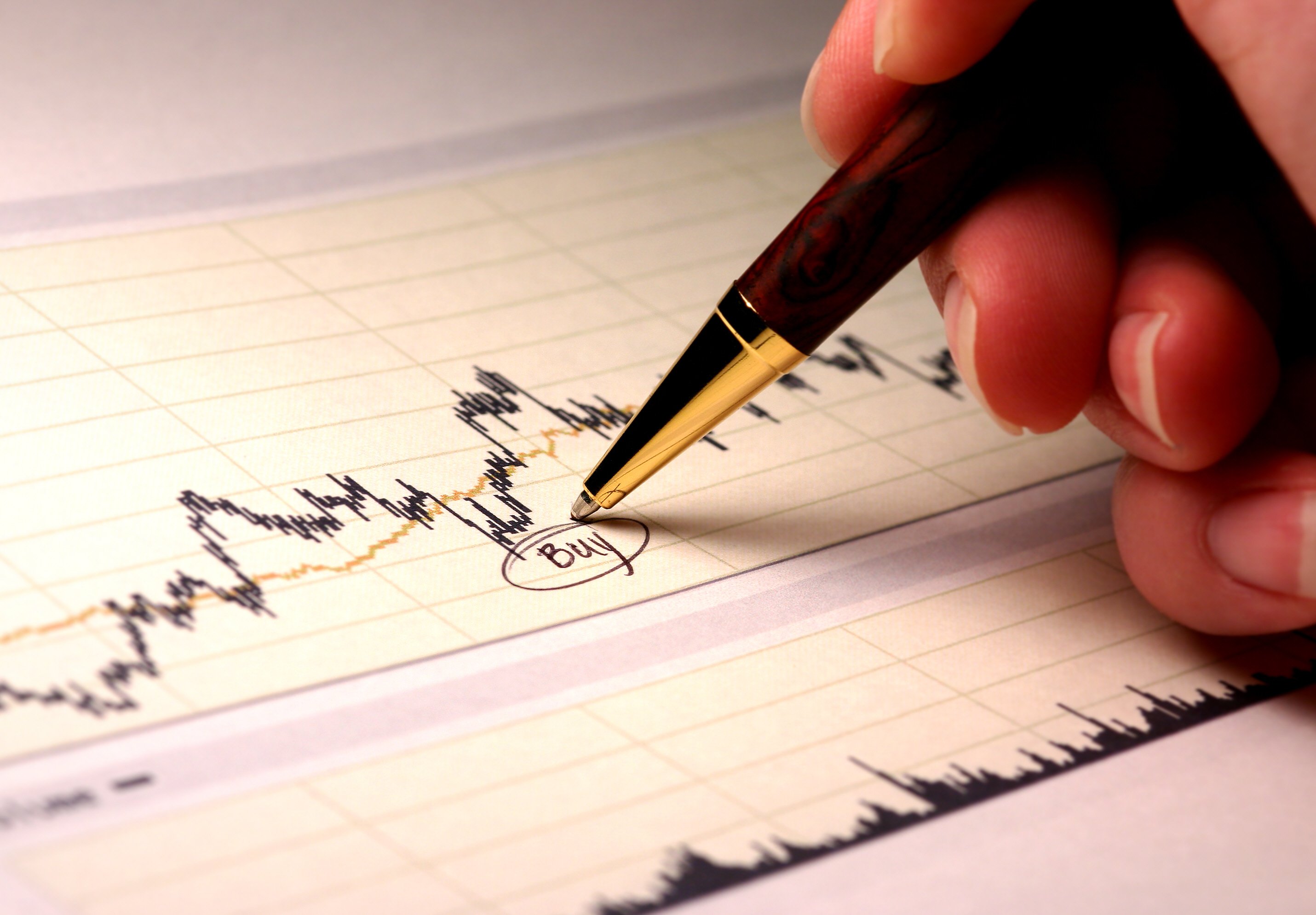Whirlpool Corporation (WHR 1.16%), Amgen Inc. (AMGN +0.03%), and Microsoft Corporation (MSFT +0.40%) are very different companies, but they all share one thing in common: They made the cut in this roundtable searching for dividend stocks to buy now. What makes these companies special? Read on to learn why these Motley Fool contributors think Whirlpool could be a bargain-bin buy because of tariffs, Amgen could benefit from dividend growth thanks to new drugs, and Microsoft's big bet on the cloud makes it a savvy buy.
Take this high-yield stock for a spin
Sean Williams (Whirlpool): Although I've probably beaten the door down on Whirlpool in recent months as its share price has continued to decline, I'm going to do it once again. When it comes to top-tier dividend stocks, few if any look more attractive than appliance kingpin Whirlpool.

IMAGE SOURCE: GETTY IMAGES.
There's little denying that Whirlpool is going through some tough times at the moment. In particular, the trade war building between the U.S. and other markets, including China, has pushed up the company's steel and aluminum costs, which in turn have coerced it to raise its prices in the United States. Since this is Whirlpool's most lucrative market, higher costs and weaker sales from consumer sticker shock have hurt its sales and profitability.
But the thing to remember, here, is that Whirlpool has been down this road many times before. After all, it is a cyclical company. Its management team understands how to manage its expenditures and shift its focus to higher-growth regions. In recent years, the company has been buying its way into Asia, which offers a double-digit annual growth opportunity.
We've also been down a similar path before, where Whirlpool has had to raise its unit prices to account for rising raw material costs. And while sticker shock is a genuine concern, it tends to last only for a few quarters. Historically, the U.S. economy has spent 86% of the time since the end of World War II in a period of economic expansion, and that bodes well for a brand-name appliance maker.
Fundamentally, dipping your toes in the water also appears to make a lot of sense. At a forward P/E of just 7.6, Whirlpool is as cheap as it's been in a decade. And, as the icing on the cake, it's parceling out a 3.6% yield. It's not the flashiest or fastest-growth dividend stock by any means, but it should get the job done for your portfolio if you buy and hold for a minimum of five years.
A double-digit dividend grower
Todd Campbell (Amgen): It's not the highest income producing stock in biopharma, but Amgen may offer an opportunity for upside that shouldn't be ignored by income investors. Following a 15% year-over-year increase to its dividend, its shares yield a competitive 2.7%, and thanks to new drug approvals and a packed R&D pipeline, there should be plenty of dividend-friendly cash flow to support future dividend hikes.
Amgen's pipeline hasn't stirred investors' imaginations as much as pipelines at smaller upstarts, but some important wins over the past few years are allowing revenue to grow despite slowing sales of its older drugs, including Neupogen, Epogen, and Enbrel.
After a study showed it reduces the risk of major cardiovascular events, sales of the company's cholesterol-lowering biologic Repatha jumped 78% year over year to $148 million last quarter. Blincyto, a drug targeting a specific form of leukemia, saw sales climb 40% year over year to $60 million, and sales of Prolia, an osteoporosis drug, grew 21% to $610 million last quarter. Overall, Amgen's sales clocked in at $6.1 billion in Q2, up 4% from last year, and its EPS increased 17% to $3.83. Management now expects its top line to exceed $22.5 billion this year, up from prior guidance of at least $21.9 billion, and its EPS to eclipse $13.30, up from its prior estimate of at least $12.80.
Recent approvals, including Aimovig, a migraine drug, Parsabiv, a drug used to prevent calcium from being released by bones in dialysis patients, and Kanjinti, a biosimilar approved in the EU as an alternative to the blockbuster cancer drug Herceptin, all support future sales and profit growth. R&D projects, including a biosimilar to the $18 billion plus Humira and slate of immuno-oncology drugs could also move the needle for investors.

IMAGE SOURCE: GETTY IMAGES.
You need to take another look at this tech giant
Chris Neiger (Microsoft): Yes, there are plenty of other companies out there that can beat Microsoft's current dividend yield of about 1.6%, but what the company lacks in yield it more than makes up for in other areas.
First, consider that Microsoft has a 14-year history of consecutively raising its dividend, and its dividend payments only make up about 40% of the company's free cash flow, which means it has plenty of room to increase its dividend over time.
Additionally, investors should take Microsoft's cloud-computing revenue growth and potential in mind. In the fourth quarter of 2017, the company grew its Intelligent Cloud sales by 23%, and it now makes up about a one-third of the company's total revenue. The company's cloud-computing growth over the past few years has helped Microsoft become the No. 2 public cloud-computing company, right behind Amazon. That's important for investors to take note of because this market will be worth an estimated $300 billion just three years from now.
Finally, Microsoft grew total revenue in the fourth quarter by 17% year over year, to $30.1 billion, thanks to increasing sales from its Productivity and Business Process segment (up 13%) and its More Personal Computing segment (up 17%). With this tech giant's sales firing on all cylinders and its potential to continue benefiting from the cloud-computing market, investors would be wise to give Microsoft's stock strong consideration.








